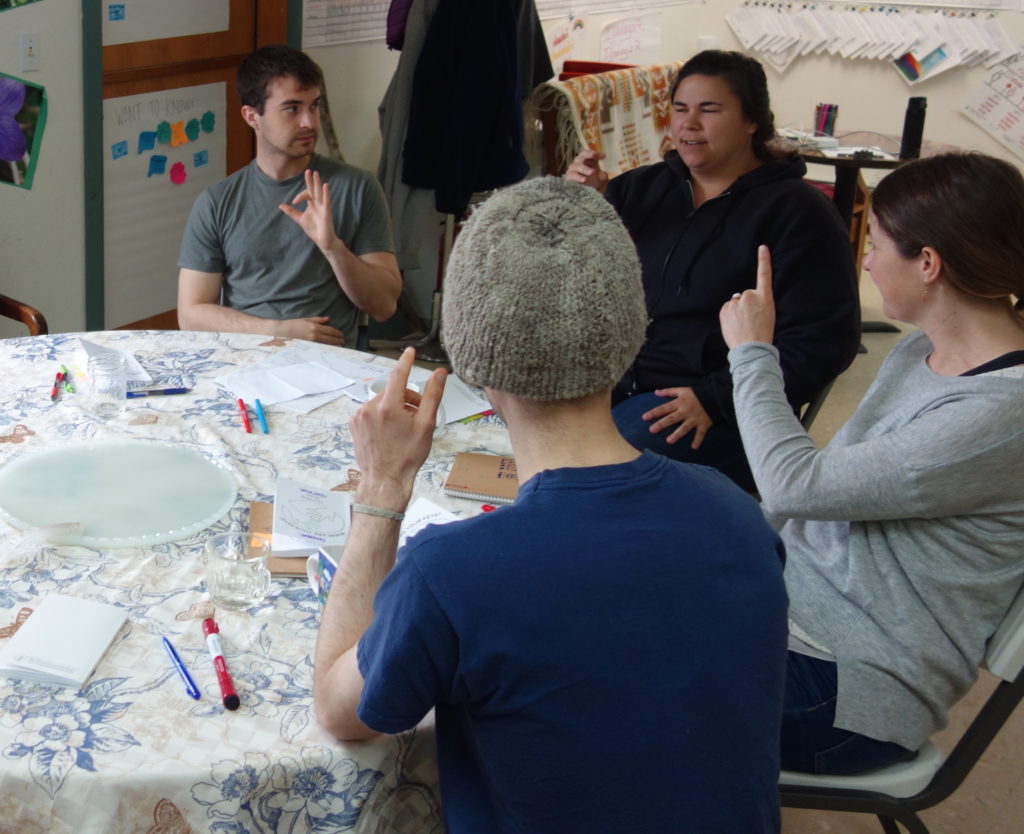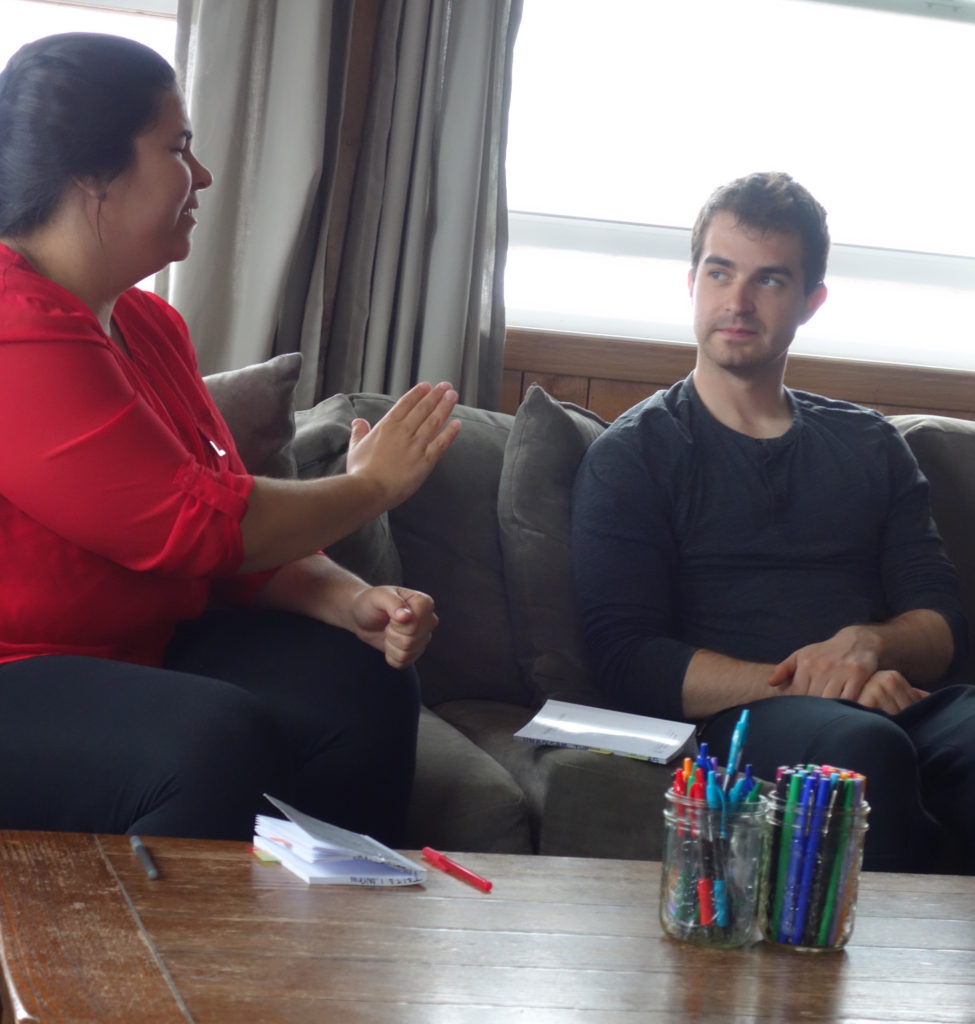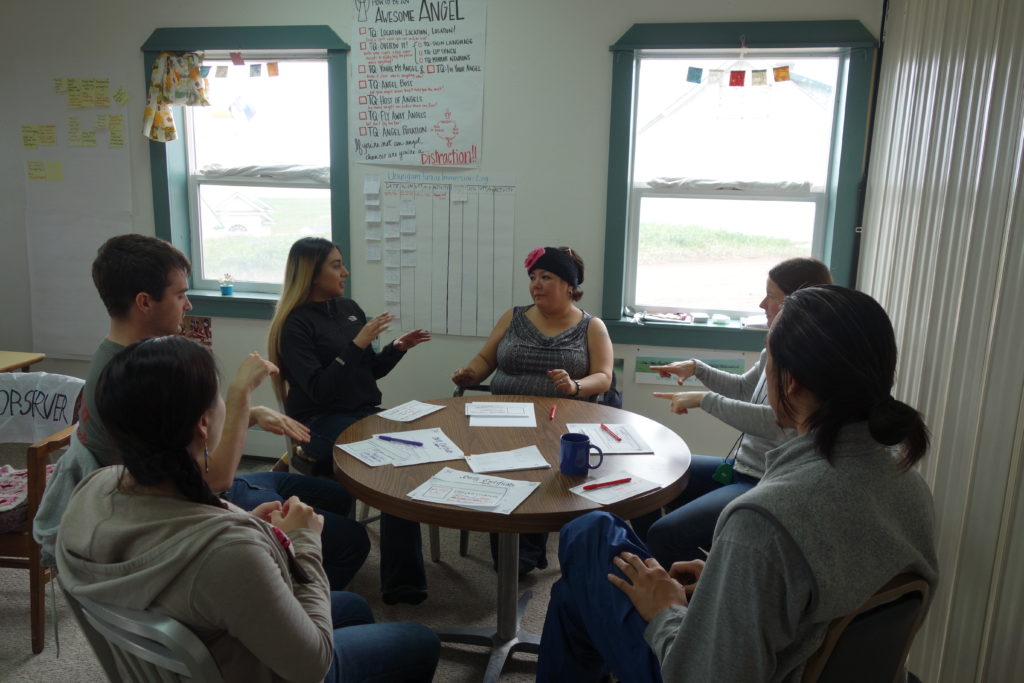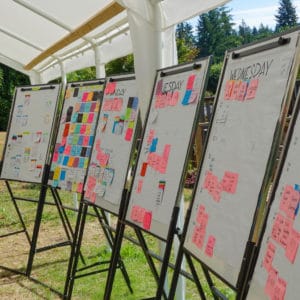 In my last blog, I wrote about the obstacles to maintaining an immersion bubble. In this blog, I ask how the immersion bubble, as a kind of “language policy”, can further the interests of an Indigenous language community. There are two related benefits to immersion bubbles, as I see it. One benefit is that they show that the language is “really used”. This is important in situations where a language is spoken about a lot more than being actually spoken. The second benefit is that immersion bubbles show the language can be used for most or all necessary functions; and can show that, if the language can’t yet be used for certain functions, it can be adapted. This is important because it counters colonialist claims (which have often been internalized by indigenous communities) about the inadequacy of indigenous languages to express complex thoughts.
In my last blog, I wrote about the obstacles to maintaining an immersion bubble. In this blog, I ask how the immersion bubble, as a kind of “language policy”, can further the interests of an Indigenous language community. There are two related benefits to immersion bubbles, as I see it. One benefit is that they show that the language is “really used”. This is important in situations where a language is spoken about a lot more than being actually spoken. The second benefit is that immersion bubbles show the language can be used for most or all necessary functions; and can show that, if the language can’t yet be used for certain functions, it can be adapted. This is important because it counters colonialist claims (which have often been internalized by indigenous communities) about the inadequacy of indigenous languages to express complex thoughts.
These benefits result, to some extent, from the use of the target language in general—regardless of whether it’s in immersion or not. But I think the immersion bubble is most effective. When the dominant language is also used, people may continue to doubt whether the target language is or can be used for “real communication”.

These benefits are perhaps most obvious where “observers” of immersion bubbles are involved, particularly any politically important observers of language revitalization who can lend or deny support to language revitalization initiatives in a community. On the other hand, the benefits also apply to learners. Taking part in (and observing) immersion bubbles can help deepen learners’ conviction that the language is used and can be used in real communication.
For individual learners, immersion bubbles also have the benefit of bringing fluency more quickly, including by helping learners find gaps in their knowledge (a “hole in your pocket”). And there are good “non-linguistic” reasons for creating immersion situations: in particular, as the language gains credibility as a language of real communication, it can help to (re-)solidify the identity of an ethno-linguistic group.

All these benefits have the potential to work in a virtuous circle because the more people buy in to the reality of communication in the target language, the more credibility the language has…and the more credibility the language has, the more people buy in. This is like the vicious circle of language shift (cf. Grin 1996 and Grin 2003 on the economics of language) but in reverse. And it’s exciting to see these effects in a small community because one can see change so fast.
Post authored by Robbie.




